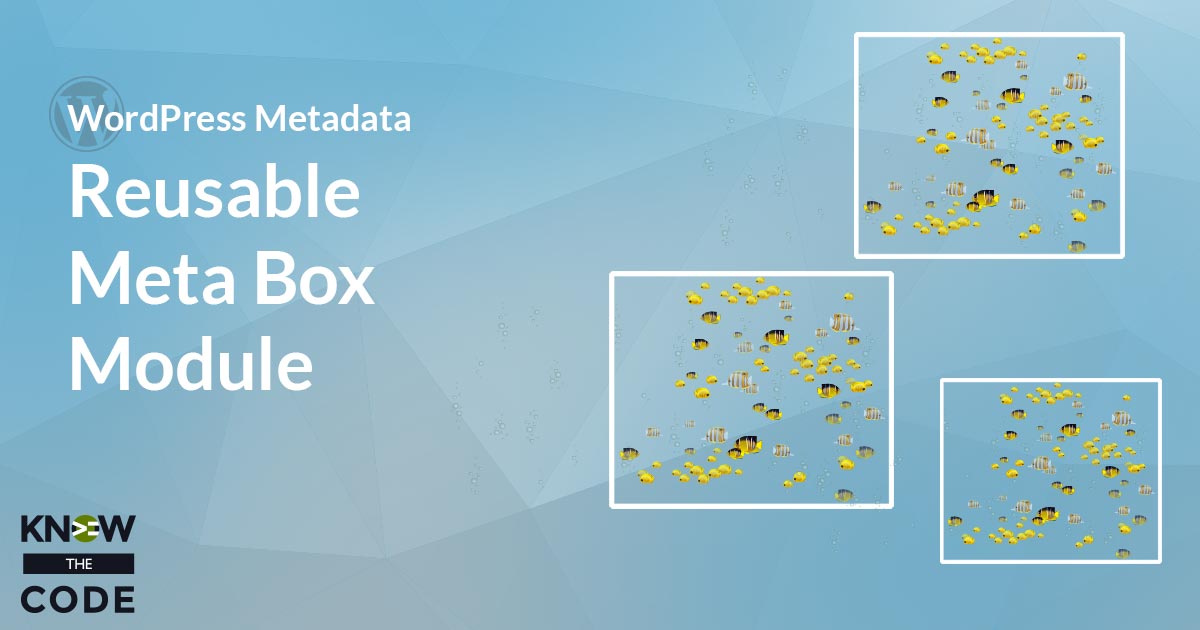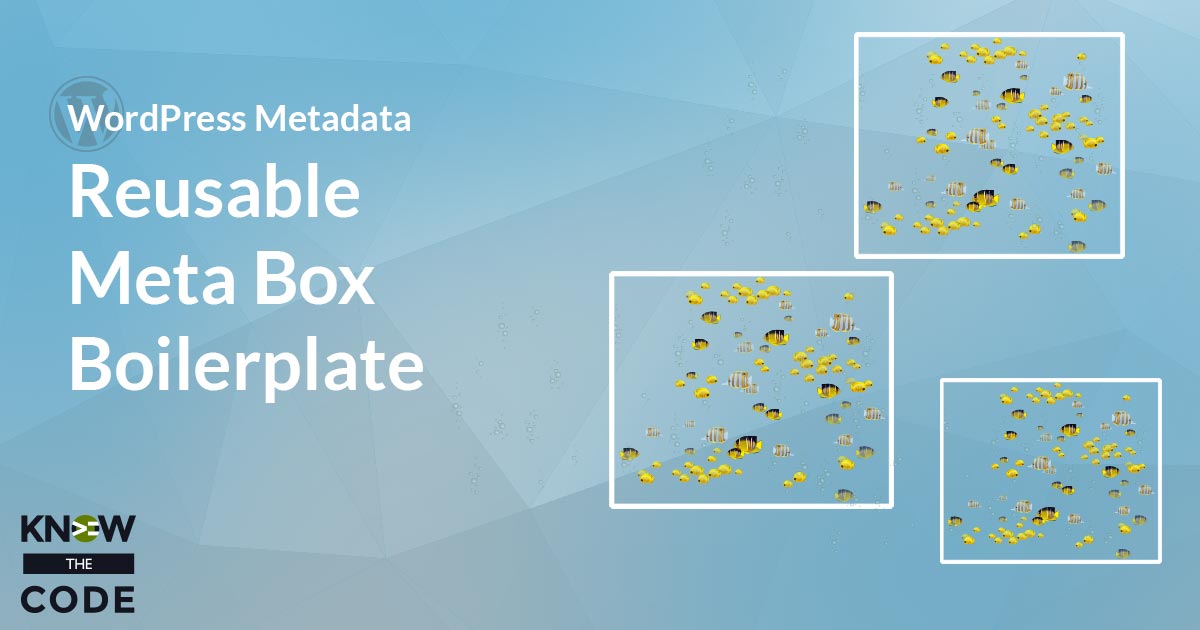Continuing from Part 1, let’s layout our configuration store’s module, api, and internals. We are going to design this module in procedural, although you could design it in class wrapper (static functions within a class structure) or OOP. We’ll use a static variable to be our container. Resources Static Variables in PHP Static Variables – PHP Internals PHP Manual – Static Variable


